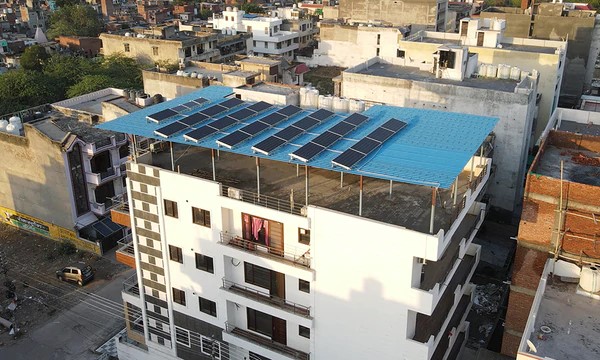Did you know that the IT industry is one of the world’s largest consumers of energy? In fact, it’s responsible for up to 2% of global greenhouse gas emissions. That’s why it’s important for organizations to adopt effective IT asset management practices. By doing so, they can not only save money and reduce their carbon […]
IT Asset Management and How It Can Help The Environment





























































































